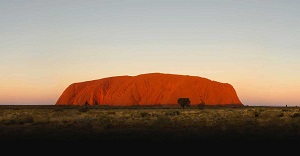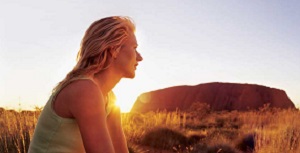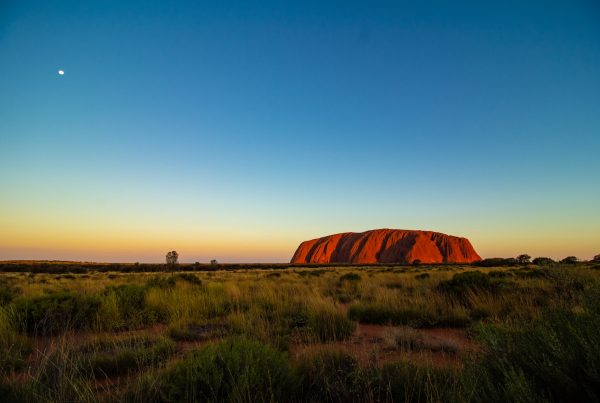
Located in the heart of Australia’s outback, Uluru (also known as Ayers Rock) and Kata Tjuta form an integral part of the country’s desert. For thousands of years, these natural wonders have been an important part of Australia’s heritage and its landscape. Today, millions of visitors take Uluru Tours to experience one of the world’s most recognisable landmarks.
Here are some of the most fascinating facts about Uluru and Kata Tjuta.
Uluru is more than 600 million years’ old
The rock is an ancient monolith that was originally created at the bottom of the ocean. Today, it rises 348m above sea level, but there is still 2.5kms of its bulk that remains underground.
Uluru is owned by Anangu
Uluru is an integral part of Aboriginal heritage, and traditional values are still held in the region. Both Uluru and Kata Tjuta are owned by Anangu, but they lease it to Parks Australia who manage the tourist side of things. This arrangement began back in 1985.
Uluru is still a sacred site

A lot of visitors don’t know that Uluru is still a living cultural landscape, where the Aboriginal culture and heritage remains strong. Here, you might come across locals painting, performing traditional dances and songs, telling stories, or gathering bush tucker. The rich history and cultural narrative of the area is what makes it so special.
The area is a wildlife hotspot
Despite being set in the middle of what essentially is a red desert, Uluru and Kata Tjuta are home to an incredible array of native wildlife. There are more than 21 different kinds of mammal, including dingoes, hopping mice, red kangaroos, marsupial moles, and numerous species of bats. In addition, there are 73 types of reptiles in the area and a whopping 178

different bird species to spot.
The first Europeans
Kata Tjuta was first spotted by a European in 1872, when explorer Ernest Giles made an expedition into central Australia. It was named by his benefactor (although it was originally called Mount Olga). One year later, in 1873, William Gosse, another European explorer, spotted Uluru. He named the monolith after Sir Henry Ayers, who was, at the time, the Chief Secretary of South Australia.
Uluru doesn’t mean “waterhole”
A lot of people think Uluru translates to mean “waterhole”, but in actual fact it simply refers to a place name, which encompasses the rock itself as well as the waterhole that sits on top of it.
Kata Tjuta on the other hand does have a direct translation, meaning “many heads”.
Tips to Uluru
Uluru Travel Guide
FAQ about Uluru Tours



